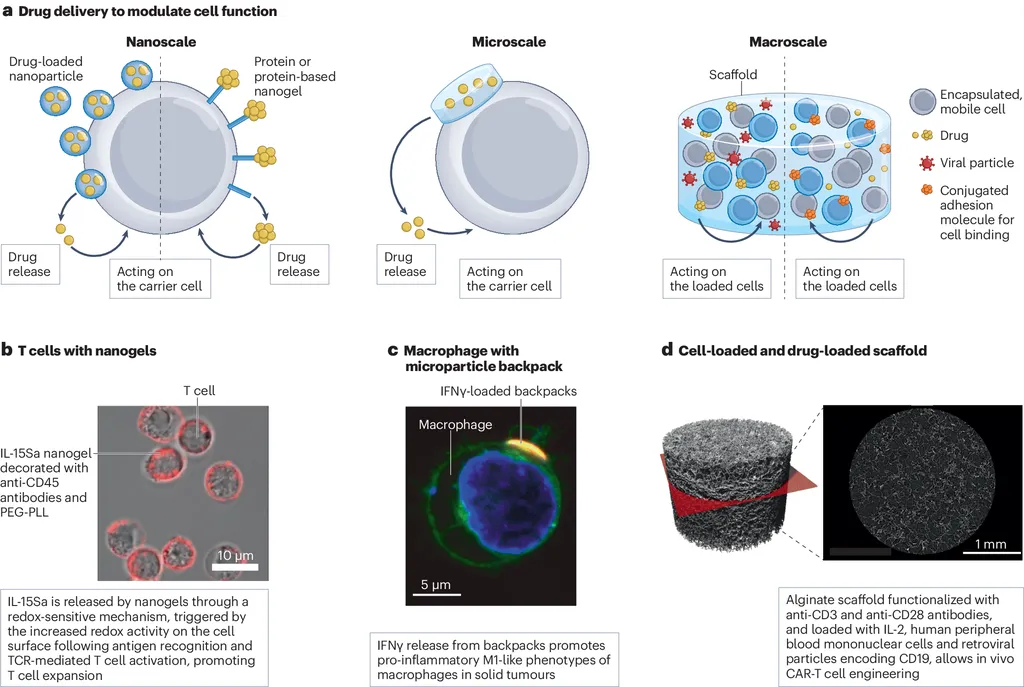In the bustling world of nanotechnology, a groundbreaking study led by Dilan Avşar from the Biofunctional Nanomaterials Design (BiND) Laboratory at Bogazici University in Istanbul, Türkiye, is making waves. Avşar and his team have been delving into the synthesis of bovine serum albumin (BSA) nanoparticles, a promising avenue for drug delivery systems. Their work, recently published in *Materials Research Express* (translated as *Materials Research Express*), is not just about creating nanoparticles; it’s about optimizing their synthesis to enhance performance and stability.
The study focuses on the inverse miniemulsion technique, a method used to create nanoparticles by emulsifying water in oil. Avşar and his team varied the formulations, tweaking factors like the amount of emulsifier, crosslinker, and the use of a co-emulsifier. These adjustments play a pivotal role in the nanoparticles’ performance, influencing their size, stability, and overall effectiveness in drug delivery.
“Our goal was to develop a robust synthesis method that could produce stable nanoparticle dispersions at desired size levels,” Avşar explained. The team employed a full factorial design of experiments to systematically optimize these parameters. This approach allowed them to compare different formulations and understand the impacts of each factor.
The results were enlightening. The amount of emulsifier, for instance, significantly affected the size of the nanoparticles. Meanwhile, the crosslinker amount was crucial for stability. The co-emulsifier, on the other hand, had a synergistic effect, enhancing both structural integrity and thermal stability.
But the team didn’t stop there. They also explored various surfactant types for particle stabilization in aqueous dispersions. Different surfactants led to distinct physicochemical, thermal, and morphological properties. This diversity opens up new possibilities for tailoring nanoparticles to specific applications.
The study concluded with a cell cytotoxicity and storage stability analysis. The findings highlight the potential of nonionic PEG- and/or plant-based surfactants as biocompatible alternatives to common anionic surfactants used in albumin-based synthesis. This is a significant development, as biocompatibility is a key factor in drug delivery systems.
So, what does this mean for the future? Avşar’s research provides a conceptual and experimental groundwork for the optimal design of albumin-based nanocarriers in drug delivery applications. It’s a step towards more effective, stable, and biocompatible drug delivery systems. As the field of nanotechnology continues to evolve, such advancements could pave the way for innovative treatments and therapies.
In the words of Avşar, “This comprehensive study not only advances our understanding of albumin-based nanocarriers but also sets the stage for future developments in the field.” And with that, the world of nanotechnology takes another leap forward.

